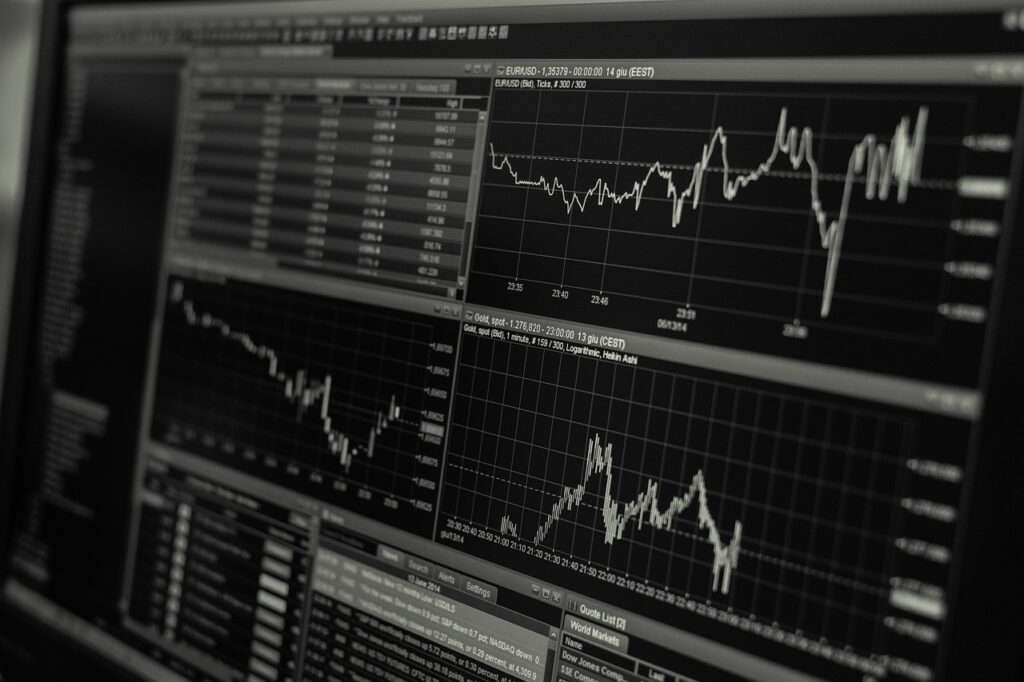Technical analysis
Technical analysis is the use of technical indicator to predict in which direction the stock price will move in the future. Technical indicators use past stock prices to calculate their value. Technical analysis evolved from analyzing hundreds of years of stock data. The theories of technical analysis began in Joseph de la Vega’s accounts of the Dutch markets in the 17th century. In the 1920s and 1930s, Richard W. Schabacker wrote books that continued the work of Charles Dow and William Peter Hamilton from their books Stock Market Theory and Practice and Technical Market Analysis. In 1948, Robert D. Edwards and John Magee published Technical Analysis of Stock Trends. This book is considered the breakthrough of the discipline. Technical analysis dates back hundreds of years ago. According to historical documents, a great Japanese rice trader named Homma Munehisa (1724-1803) created candlestick charts and at today’s value would have made over $100 billion in profits. He was considered the greatest trader in the history of financial markets. This type of charting will be covered in subsequent articles (candlestick charts will be used in all articles). Therefore, technical analysis came from Japan. In the United States, technical analysis first started to gain some following due to Charles Dow’s Dow Theory in the late 19th century. Charles Dow formed 6 principles that formed the basis of technical analysis: – Three-movement parts – The market has a primary movement, a secondary reaction and a minor swing movement. The primary move is the long-term trend that lasts for years, the secondary reaction is the pullback from the primary move (usually lasting for months), and the minor swings are the much shorter swings that occur within a chart (usually neutral and lasting from hours up to a month). – Three-phase trends – The market consists of three phases: an accumulation phase, public/media phase, and a distribution/sales phase. The “smart money” (sophisticated professionals) as those who buy stocks in phase 1. In phase 2, the media starts to focus on the specific stock or sector and the public (traders/investors) jumps in. Momentum traders/investors who see a trend forming and want to get in on the action. In phase 3, the ‘smart money’ actually sells while retail traders/investors continue to buy. – Discounting mechanism – The market discounts all news. This means that news that comes out is already included, or “priced” in. This of course does not include illegal insider information. – Greater mean reversion – This means that one industry that is dependent on another cannot rally unless both rally. This is especially true if the entire market is rallying but several key sectors are declining. In the chart below, you can see that homebuilders (orange line) was declining long before the market fell. The banking sector (sky blue) fell soon after. The financial sector used to be the number one sector in terms of capitalization (banks were doing very well at the time!). Real estate and its related industries account for at least 25% of US GDP.
With these two major powerhouse sectors in decline, the market had no chance. – Volume confirms action – Volume is extremely important. For a trend to continue, volume must increase. This represents increased interest and additional buying required for a trend to propel itself to new highs. If a rally continues on lower volume, the trend cannot sustain itself and will fail. Let’s take a look at the rallies we had in 2008 as an example. Notice how the rallies were done on low volume and on the lows we saw increasing volume. A healthy, strong market would exhibit the opposite. – Trends continue until they end – this is self-explanatory. An upward trend continues until it ends and a downward trend continues until it ends. Usually, a trend ends when a lower high (for an uptrend) or a higher low (for a downtrend) is reached. Now that we covered the basic history and foundation of technical analysis, let’s move on to its purposes and uses. It is not designed to be a crystal ball! Patterns can and will fail and you will sometimes take losses. But if you focus on highly reliable patterns, combine indicators and perfect your entry and exit points, you will be way ahead of the game. – Entry & Exit Points – Technical analysis gives traders and investors advanced warning of when a trend is changing against their favor. If you know how to recognize certain chart patterns and use price-volume differences to your advantage, you’ll join the ranks of the “smart money” that accumulates long before everyone else jumps in. You will also be able to identify reversals, sometimes on the same day and know when to exit a position. – Low-risk trading – The chances of making a successful trade are greater if you use technical analysis. – Know when to sell short – Technical analysis is not only used to “go long” (buy stocks). 9 out of 10 investors/traders don’t know how to sell short stocks or are afraid to do so. – Use candles to ‘light the way’ – Candlestick charts, help you see warnings in advance and give you enough time to react. – Identify and trade gaps and news – There are four main types of gaps: area, continuation, breakaway and exhaustion gaps. Can you tell the difference? Gaps usually form on news, such as earnings or FDA approvals, etc. – Identify potential areas of support and resistance – Trend lines are part of fundamental chart reading. – Combine indicators to support trading decisions – There are dozens of indicators available to make trading decisions. You may have heard of MACD, RSI, Stochastics, Money Flow and many others. Or, maybe you didn’t.
About the Vikingen
With Vikingen’s signals, you have a good chance of finding the winners and selling in time. There are many securities. With Vikingen’s autopilots or tables, you can sort out the most interesting ETFs, stocks, options, warrants, funds, and so on. Vikingen is one of Sweden’s oldest equity research programs.
Click here to see what Vikingen offers: Detailed comparison – Stock market program for those who want to get even richer (vikingen.se)













